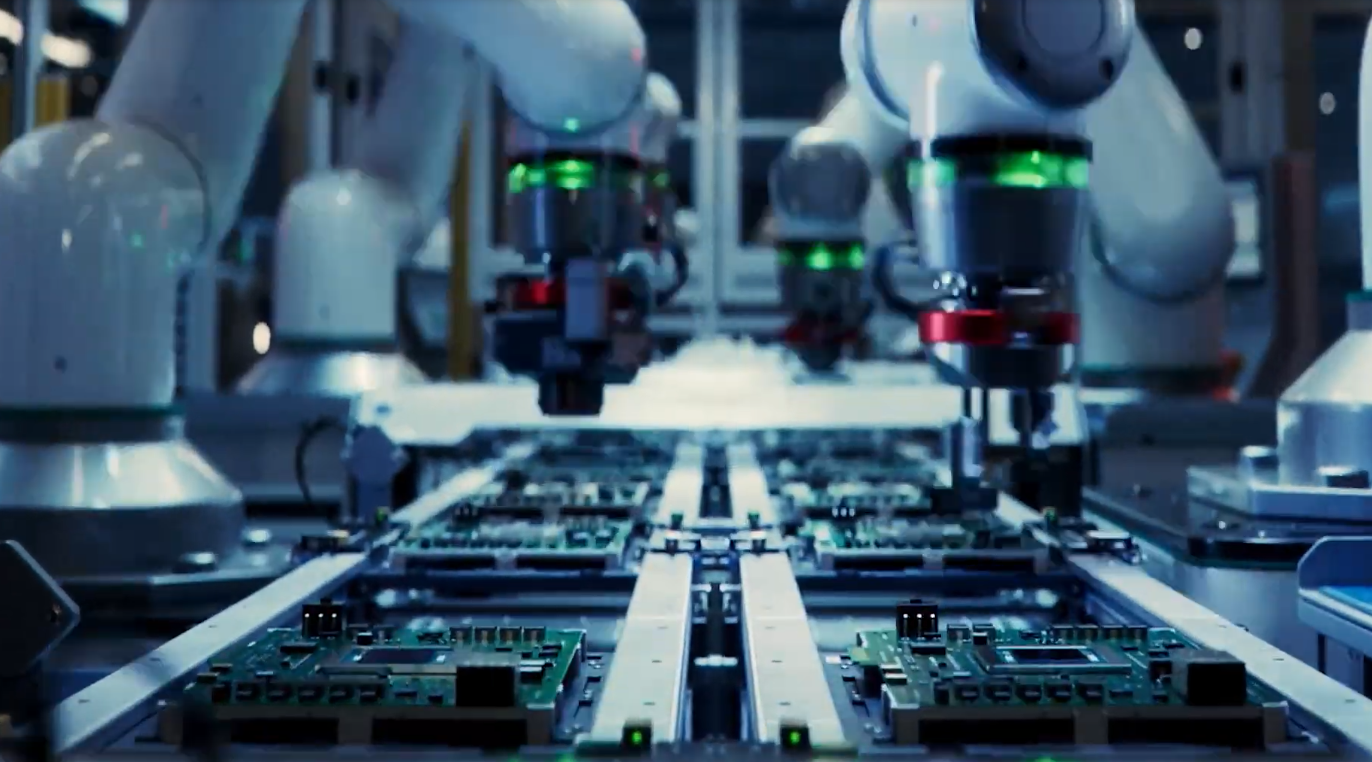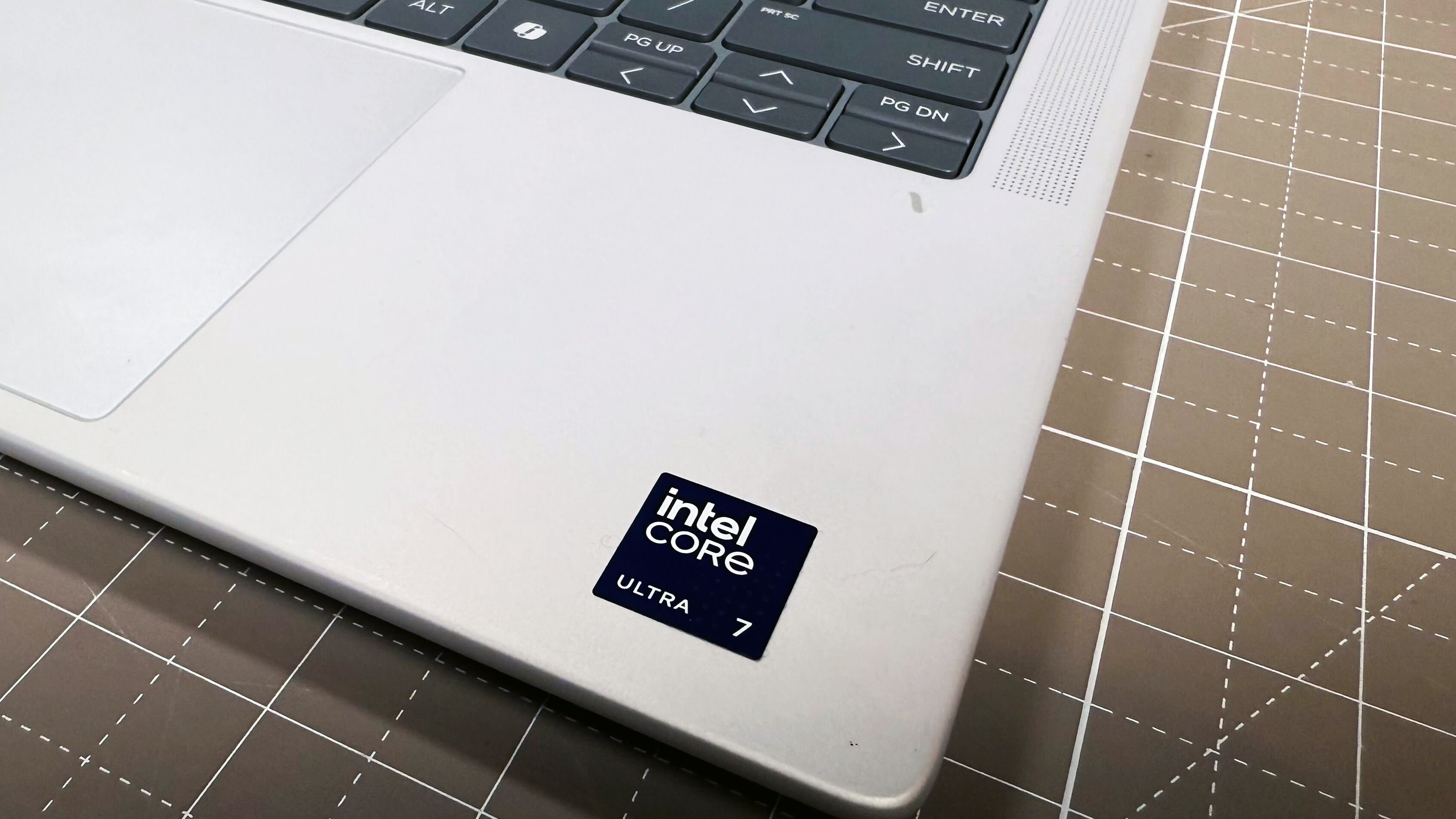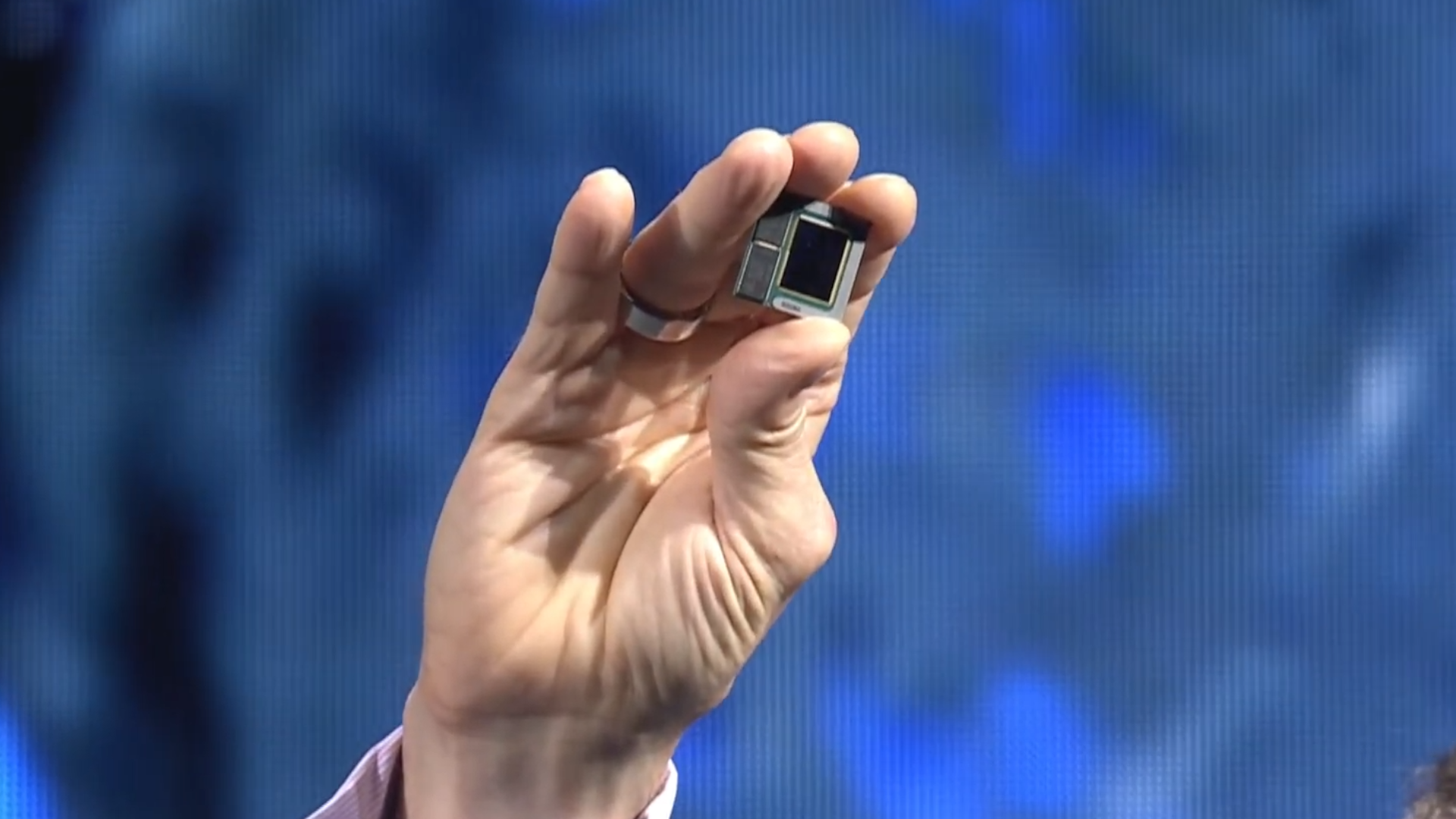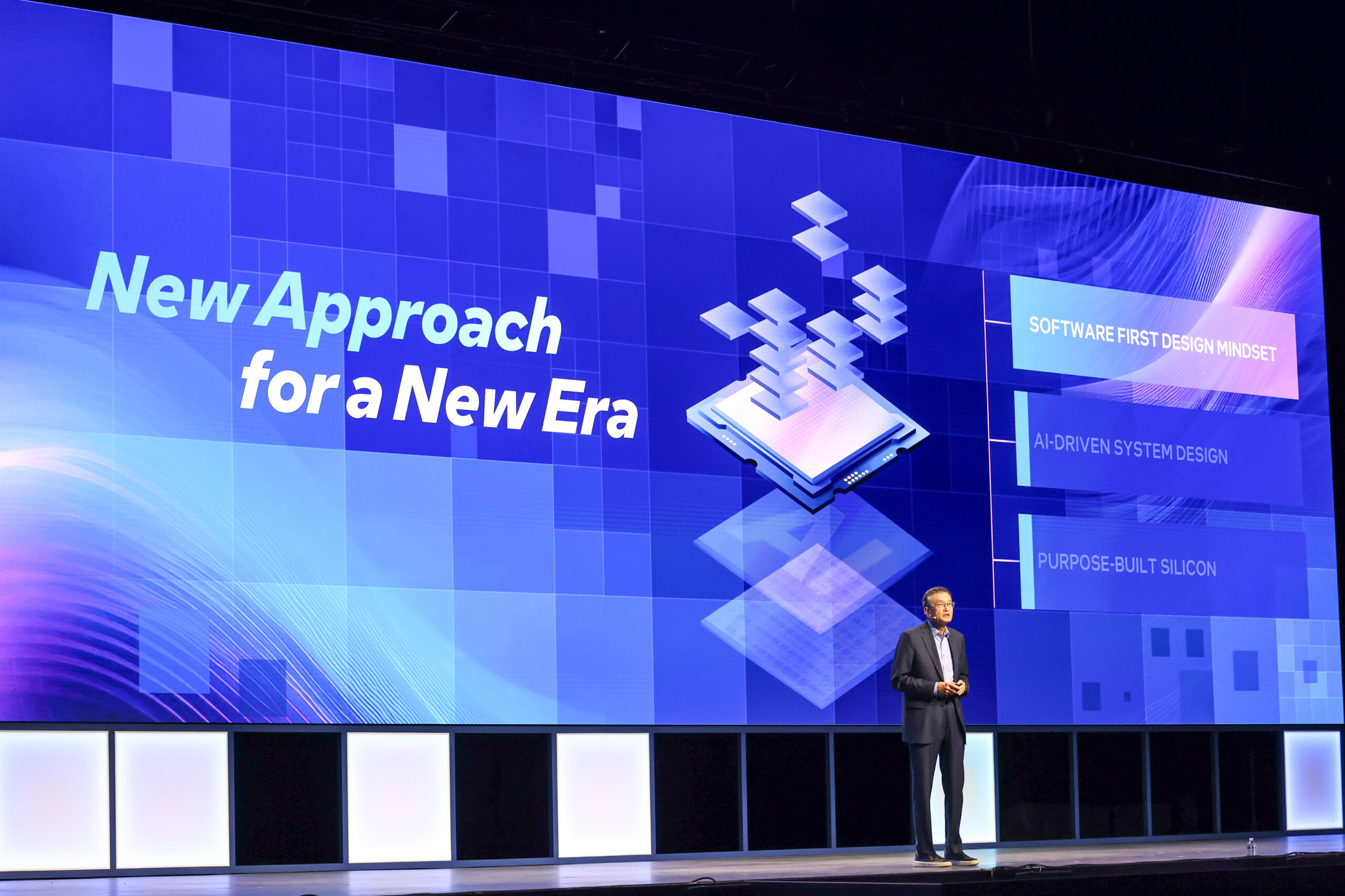Intel's new CEO Lip-Bu Tan has a retro vision for Intel's future, but is nostalgia the key to success?
The “Intel Inside” slogan is back, and we’re here for it

We’re only a few months into 2025, and we’ve already seen some major shakeups in the computing industry. Despite tariff wars, foundry expansion, and general market instability, Intel has a bold new plan for the future: nostalgia.
Yes, Intel is resurrecting the classic “Intel Inside” marketing strategy you may remember from the '90s.
Intel announced the nostalgic branding as part of its Intel Vision event this week in Las Vegas. The intent is to make Intel a household name again, the way the ‘90s campaign did. The success of that early consumer computer marketing aligned with Intel becoming the standard for personal computers for decades.
The classic “Intel Inside” commercials of the '90s often featured close-up shots of a personal computer with a focus on the Intel logo before zooming "inside" the computer to show what kind of tasks an Intel PC could handle. Between spreadsheets, pie-charts, and 3D renders, the commercials had voice-overs about how the Intel Inside logo on the outside meant you’d have a powerful, reliable chip inside.
The new “Intel Inside” commercials roll back to black and white photos of the pyramids and the invention of the wheel, implying that an Intel processor is the next significant stage of human technological advancement. After a few brief hints of the old white CRT desktop PCs of the '90s alongside close-ups of the printing press and sewing machine, the new Intel commercial breaks into color and shows the various industries Intel processors support: from artists to scientists to business professionals.
The Intel conference also saw new CEO Lip-Bu Tan give his first public keynote since returning to the chipmaker. Tan served on the board of directors for Intel from 2022 to 2024 and returned as CEO in March.
While we at Laptop Mag do love a good bit of nostalgic marketing, this move begs the question: Is it enough to save Intel?
Get The Snapshot, our free newsletter on the future of computing
Sign up to receive The Snapshot, a free special dispatch from Laptop Mag, in your inbox.
Just how bad are things for Intel right now?

If you pay close attention to chipmaker news, it often sounds like Intel is a company circling the drain. But is that actually true?
When former CEO Pat Gelsinger left Intel in early December 2024, we unpacked the company’s troubled fiscal year which ended in a 2% loss year-over-year from 2023. But 2024 wasn’t Intel’s only bad year in recent memory. 2023 was down 14% from 2022, which was down 16-20% from 2021 (depending on whether calculated on a GAAP basis or not).
2021 was an all-time record year for Intel, bringing the company to a yearly revenue of $79 billion. As of January 30, 2025, the company’s annual revenue was $53.1 billion, which is a loss of about 33% in four years. 2020 was also a good year for Intel, with revenue up 8% over 2019.
However, it is worth noting that 2020 and 2021 were record years for profits across the board. Spending was up during lockdown and in the immediate aftermath of the Covid-19 pandemic, so using those years as a benchmark for Intel’s standard revenue is perhaps the wrong way to look at it.
On a macro level, Intel’s profits stagnated around the $50 billion mark from 2011 to 2014, then started rising significantly after 2016.
Companies and investors don’t like to see this kind of multi-year backslide in revenue. Considering the rate of inflation, it’s certainly not an ideal situation for Intel. But $53 billion in profits is a far cry from filing for Chapter 11.
What is going well for Intel?

This downturn in Intel’s profits since the peak of 2021 is not great news for Team Blue, but recent events and this renewed marketing strategy could help Intel return to those record years in the face of increased competition in the semiconductor industry thanks to AMD, Qualcomm, and Apple.
Intel’s decision to open up a silicon foundry business in the United States has been controversial. The foundry business currently costs more money than it generates, which has led to many rumors of takeover bids and opinions that Intel should sell off its foundry division.
Considering the sweeping foreign tariff plan announced by President Donald Trump this week, it makes sense that TSMC would like to own Intel’s foundry business.
But that same foundry that is a drain on Intel’s profits helped the company avoid massive losses in the immediate stockmarket backlash over the massive foreign tariffs. Of the companies most affected by the market volatility, Apple and Nvidia took the largest hits in the computing world.
Intel’s foundry is capable of producing 2nm silicon wafers on the Intel 18A process, and is currently the only US domestic silicon fab with that technology. Intel’s Panther Lake (Intel Core Ultra 300 series) is set to debut later this year and is built on the 18A, 1.8nm process.
Intel has succeeded with its recent mobile processors, hitting new marks for efficiency and CPU power on the Lunar Lake and Arrow Lake platforms.
Intel also entered into the discrete GPU market with the Intel Arc platform, which has revamped Intel’s integrated graphics chips as well.
Intel still holds a massive 70% market share for laptops and desktops, though it has lost some ground on the desktop front to AMD due to a contentious first launch for the Arrow Lake S desktop processors.
Despite increased arm-based sales due to Qualcomm’s new chips, enough Snapdragon-powered Microsoft Surface Laptops have been returned to warrant the “frequently returned item” warning box on Amazon.
Is nostalgic marketing the final push to recovery?
CEO Tan has plans for Intel, that’s certain after his keynote speech at Intel Vision this week.
While some were expecting a major change from Tan, it appears his strategy is less about immediate sweeping change and more about continuing to compound on what the company already does well.
Intel’s Panther Lake chipset will see an initial launch in the second half of this year, likely in the fall, like we saw with Lunar Lake last year. The full availability will come in early 2026.

Panther Lake will be the first Intel platform to utilize the “Celestial” graphics architecture and will have astounding power for an integrated graphics tile the same way Lunar Lake does, making it a solid choice for handheld gaming PCs as well as light and thin laptops.
With an increased need for domestic silicon fabs, Intel Foundry has the opportunity to become a necessary asset for the United States computing world.
With plans to capitalize on the 18A process coming later this year alongside updates to the company’s GPU and data center portfolios, as well as some good old-fashioned nostalgia marketing, 2025 could be a solid year for Intel.
However, with the state of the world being what it is these days, it is still too early to tell.
More from Laptop Mag
- Intel's Arrow Lake HX gaming CPU is putting the MacBook Pro M4 Pro through its paces
- Is Moore's Law dead? We spoke to Intel, AMD, Nvidia, and Qualcomm, and both sides of the debate agree: The only constant is progress
- “Not everybody has a killer app for AI yet”: Intel’s Robert Hallock opens the company playbook on AI, NPUs, and more

A former lab gremlin for Tom's Guide, Laptop Mag, Tom's Hardware, and TechRadar; Madeline has escaped the labs to join Laptop Mag as a Staff Writer. With over a decade of experience writing about tech and gaming, she may actually know a thing or two. Sometimes. When she isn't writing about the latest laptops and AI software, Madeline likes to throw herself into the ocean as a PADI scuba diving instructor and underwater photography enthusiast.
You must confirm your public display name before commenting
Please logout and then login again, you will then be prompted to enter your display name.

